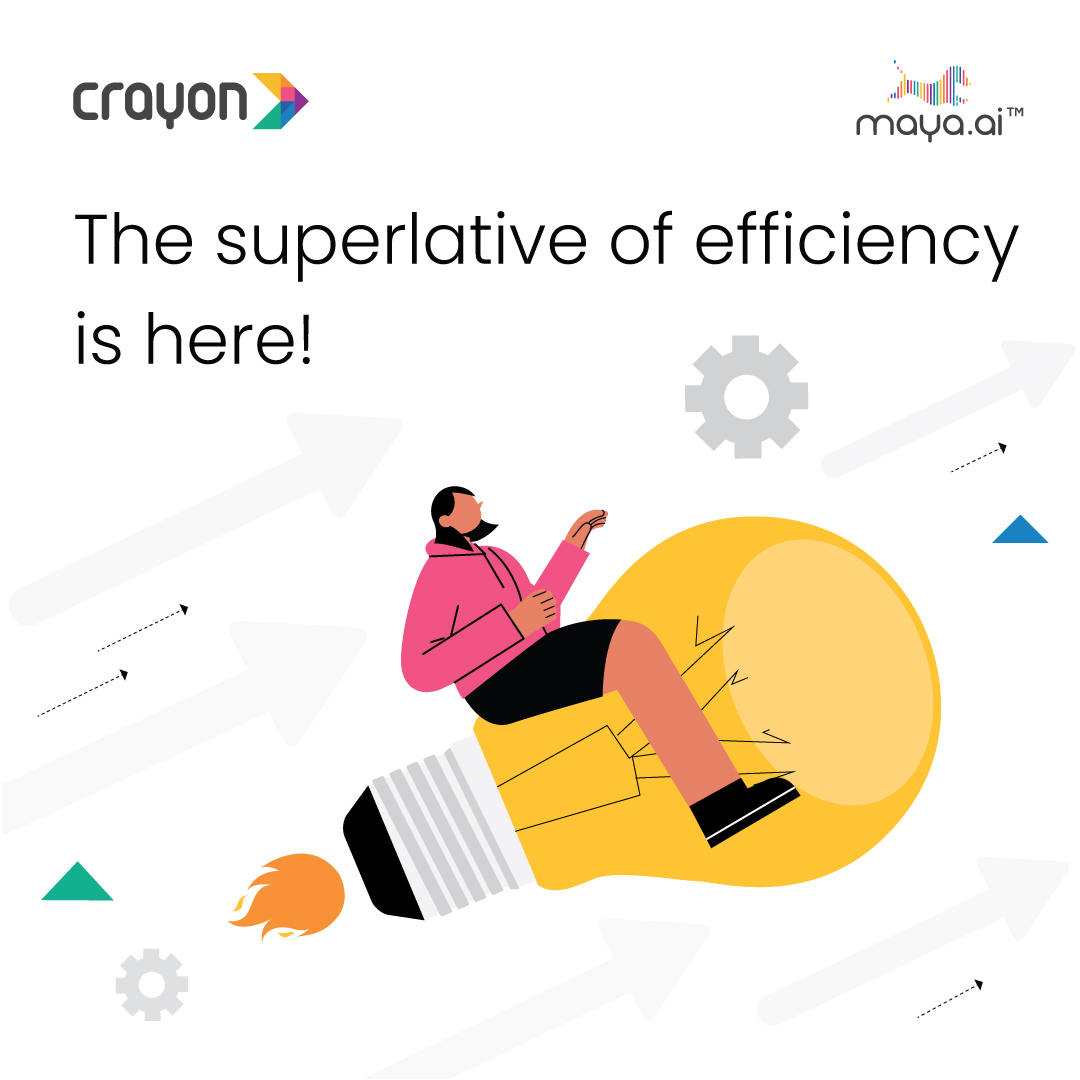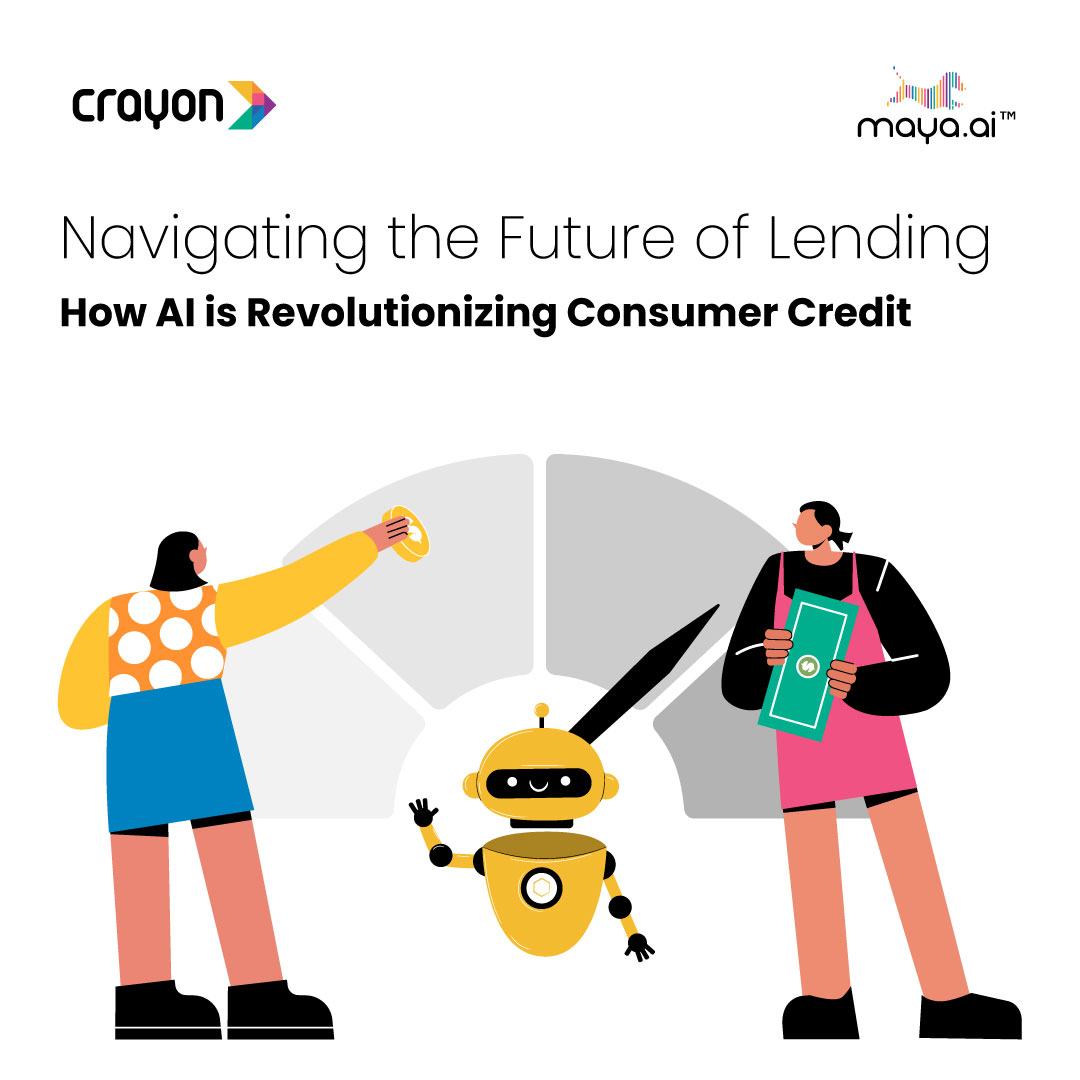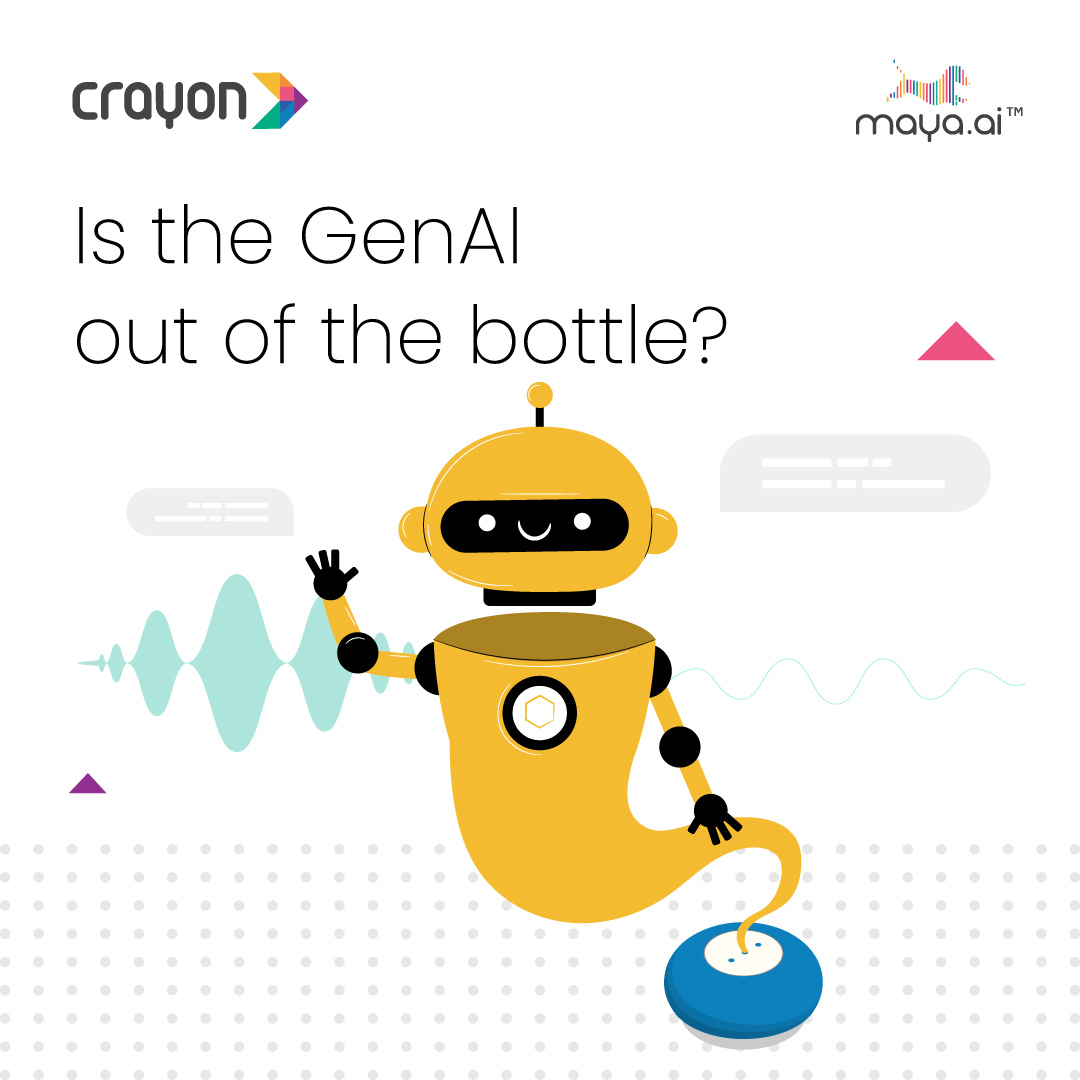Open source data has a split personality. There’s the NoSQL zealot who likes to fire off tirades against the restrictive world of relational databases, then there’s the MySQL devotee who’s a staunch defender of everything structured – with all that data living neatly in a table somewhere.
For all the rhetoric, you would think these two sides never have to get along. In fact, thousands of companies are making relational and schema-less databases play nice together every single day. It’s been that way for years.
But new technology trends tend to be polarizing. When NoSQL took off, it started to sound like a rallying call for the end of relational databases. That’s not likely to happen any time soon—and for good reason.
Craigslist is a great example of a company seamlessly integrating structured and unstructured data retrieval. Historically, the company has used MySQL to handle the hourly onslaught of job and classified ads.
Despite the heavy workload, MySQL is easily up to that task. The need for a NoSQL approach surfaced only when archived data began to reach epic proportions. Because of regulatory requirements, Craigslist has to archive all of its historic data—even that five-year-old ad for the dingy, overpriced apartment in Austin during SXSW.




